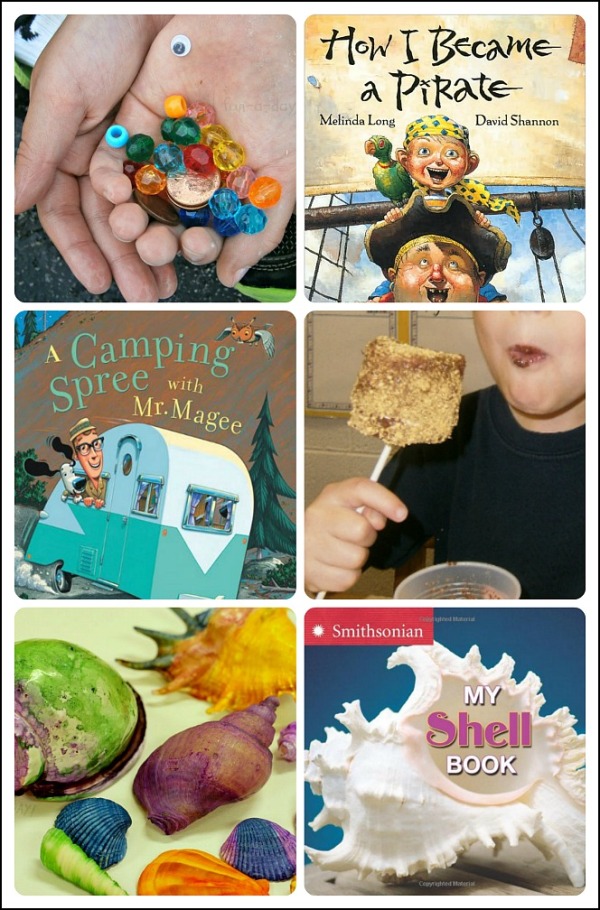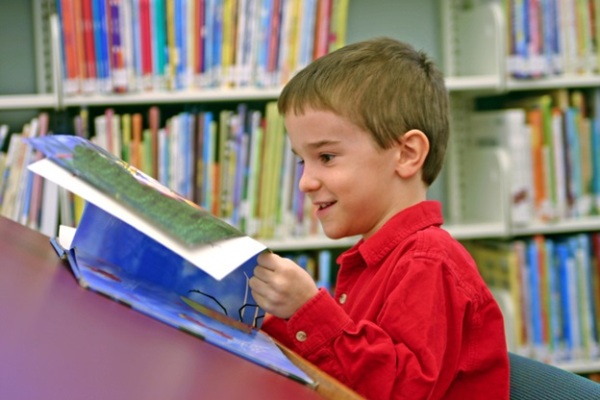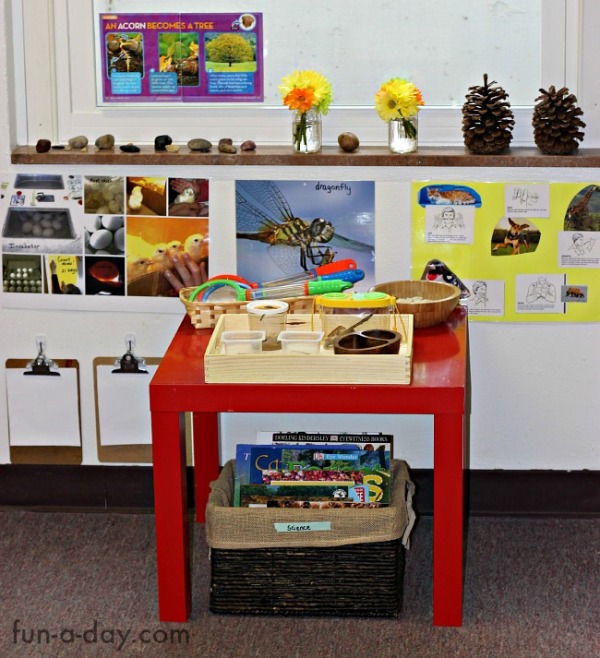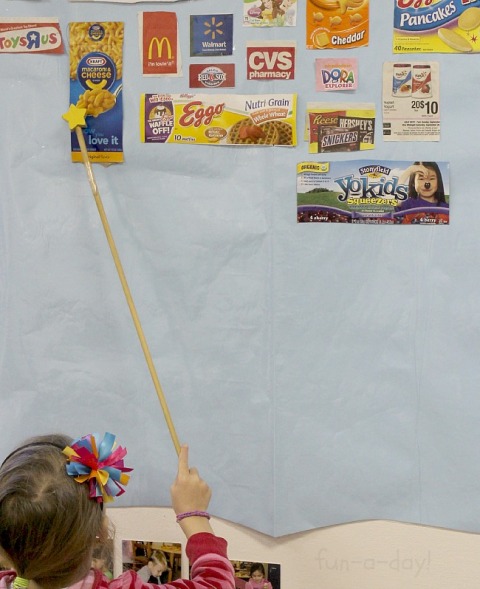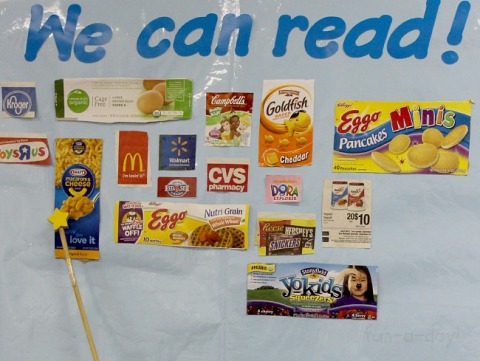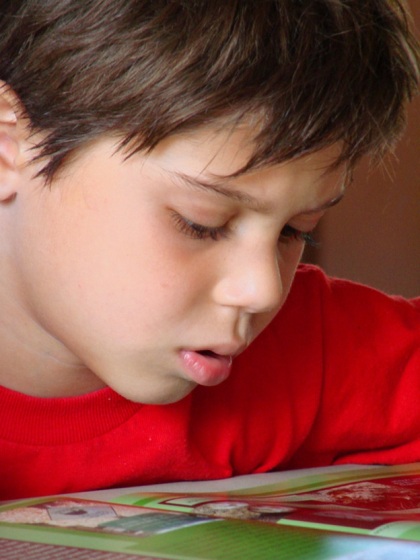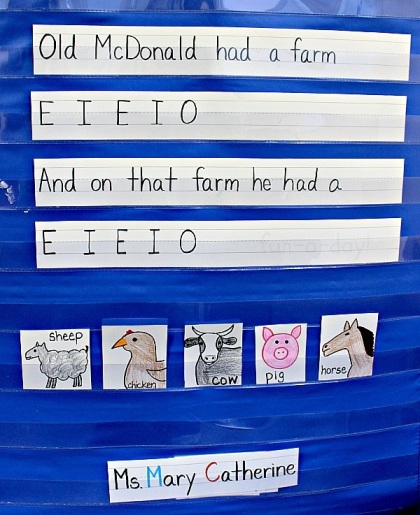Look! Look!
by Jack Prelutsky
Look! Look!
A book!
A book for me,
A book all filled with poetry,
A book that I can read and read.
A book! Exactly what I need.
Look! Look!
A book to open wide,
And marvel at the words inside,
To sit and savor quietly.
Look! Look! A Book!
A book for me. (1)
I was in the second grade classroom of one of my pre-service teachers recently, working with a small group of children who function below reading level. We were working on writing a short poem. It was an entertaining experience watching these struggling readers using words they knew to create a short rhyming poem. One of my favorites came from the “character” of the group.
Fly!
Someday I will fly,
Way up into the sky.
If I go up too high,
My friends will miss me,
And cry.
I have always marveled at how engaged young children become when they have composed something they think is great. Our poet, Mary, wanted to read her poem to anyone who would listen. In fact, one student asked her, “How high is too high?” Mary responded, “Until you can’t see me anymore. That is why you will be really sad.”
This experience reminded me that poems can be wonderful for children who struggle with reading longer passages. I found a document written by Dr. Martha Walther, in which she listed reasons why poems make good reading material for struggling readers. Here is her list:
- Poetry is short!
- Poetry plays with language
- Poetry is comprised of well-chosen words
- Poetry incorporates rhythm and rhyme
- Poetry contains rich vocabulary
- Poetry is perfect for fluency practice
- Poetry boosts comprehension
- Poetry creates interest in a topic
- Poetry sparks enthusiasm for writing (2)
Every element on this list supports working with children who find reading challenging. Take the poem, “Fly,” written by the second-grader.
- It is short
- It plays with language (her friends will cry if she flies too high)
- “Way up” and “too high” are well-chosen words and very descriptive
- ‘Fly’ does rhyme and there is a short rhythm to it. (I particularly liked line four, which did not rhyme, but was resolved with line five.)
- Even though the words are simple, used with the adjectives (e.g., too high, way up) they can all be considered rich vocabulary for the age group.
- There is enough rhyme and rhythm in the poem for great fluency practice.
- Boosting comprehension is done with the poem and afterward. Think of the other student who wanted to know how high was “too high.”
- The children were definitely interested in Mary’s poem.
- Right after Mary finished, the entire group wanted to write and share their own poems
Poetry can be a supportive teaching strategy for struggling readers. There are many short, interesting children’s poems to begin the process. (3) As the children learn how a poem works, they will be inspired to write their own. What a great way to help children build stronger reading skills. Working with those children in second grade, I was delighted to be reminded about the value of the poetry-reader connection.
- Prelutsky, J. My dog may be a genius. (2008)
- http://www.mariawalther.com/images/PoetryIRCHandout14.pdf
- Prelutsky, J. and Lobel A., The random house book of poetry. (1983)


